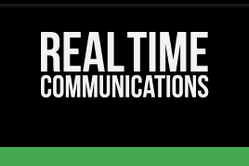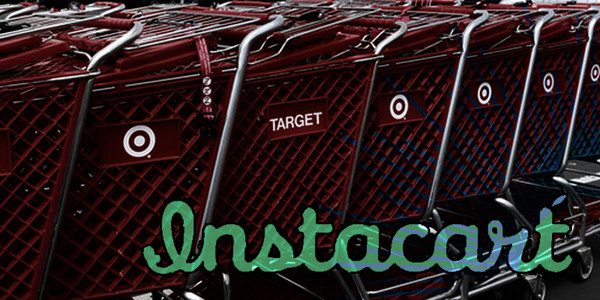
Technavio predicts significant trends in television ad-spending through 2019
PREVIOUSLY POSTED TO THE EXAMINER
With traditional media being replaced by digital streams, major agencies are starting to wonder if their advertising dollars are being put to good use. At a time where we pre-record our shows, only to fast forward through the commercials – or when we wait for them to show on-demand – we prefer short 15-20 second videos overdrawn out commercials that we can’t click to skip after so many seconds.
Because digital television allows agencies to redirect new customers to a call of action, digital television should be an obvious priority within advertising efforts. We are relaxing after a long day of work and school. Show us. Don’t make us do more work!
On the April 1, Technavio highlighted three key trends in market growth:
- Data and Audience-Driven TV Advertising
- Popularity of Programmatic Advertising
- Real-Time Bidding
These trends are known as addressable TV advertising.
According to Soumya Mutsuddi, a lead analyst for Technavio, “Addressable TV advertising is gaining immense popularity in the US. It is helping advertisers reach out to their target audiences and generating great results in terms of ROI. Within a common program or navigation screen, this technique is capable of serving different ads or ad pods.
“These ads are targeted by demography, customer behavior, geography-centric, or through a self-selected individual household method. These ads are delivered through satellite, cable, Internet protocol TV, or set-top boxes.”
Addressable TV advertising is made possible across platforms, including digital television and traditional transmissions alike. The company predicts that TV ad spending will only increase with the aggressive political events and upcoming world competitions, such as the 2016 Rio Olympics, European Leagues, FIFA World Cup and the United States Presidential Election 2016. Trends in television consumption are already showing sharp increases at this time.
Taking a step back and looking at the overall picture, one can clearly see that, while targeting specific demographics, traditional media is actually quite broad-based and caters to multiple subgroups or to those, who have shared interest across demographic boundaries. Digital media, however, is customized to the user experience, targeting specific data points and providing tailored content to individual viewers. Digital TV advertising is then able to tap into psychographics on a much more powerful scale.
Traditional television platforms are starting to use these ideals in providing tailored experiences to local populations. Much like YouTube’s ability, for example, to allow users to broadcast their own advertising based on matrices, traditional television is driving local advertisers to engage in television broadcast in meeting their advertising needs. Limited budgets are even being catered to.
Cable companies have recently been adopting the technologies in optimizing online advertising strategies and synchronizing them with local broadcast television. This has been providing them with better visibility and awareness for brands that the local population is actually interested in.
Through programmatic advertising, the automated buying and selling of digital advertising is taking place. These data points are effective, because they are rolled out based on data collected online. But, they are also very efficient, because they save time and provide a great quality of service to the customer. Efficiency cuts costs to process for the company.
Advertising dollars are then optimized. Customers are getting a bigger bang for their buck. Increased quality in inventory allows advertising to allocate more budget for this form of advertising and actually grow their business.
Programmatic advertising has already seen the increase in spending dollars due to excellent placement, from 2014 to 2015. This is only expected to increase and become a primary choice for traditional advertising in a cross-platform type of world.
Finally, the advertising markets have learned that users not only want to enjoy a product or service, they want to have a good story that goes along with it. In marketing and branding, we learn that a good story will sell just about any product – especially to someone that doesn’t necessarily need it.
Trends in online purchases show we spend many of our hard earned dollars on bidding and eCommerce platforms such as eBay, Amazon, QuiBids, PropertyRoom.com and more. We have learned to trust bidding in real time and have learned to actually love it.
There is a certain rush, knowing you are getting a hard-to-find item or an item under its value – and trying to be the winning bidder, against hundreds of others across the country.
Real-time bidding has become that emerging trend in the US advertising market, and it allows us to interact with the brand, show our interests and allow them to gauge our demand. Real-time bidding has become so commonplace that it has “outpaced growth in other digital media platforms such as mobile and social in the past couple of years,” according to Technavio.
Because the digital infrastructure is so developed in the United States, we have become the largest market for real-time bidding in the world. Technavio expects real-time bidding to triple during the next three years and account for 50% of the United States digital ad spending market. This would include those doing business within the United States but are located elsewhere.
Because real-time bidding is an exciting interactive process, users will most likely spark awareness of bidding platforms through word-of-mouth efforts and businesses will be able to reduce advertising costs, model ads according to target audiences and provide better transparencies in ad delivery.



